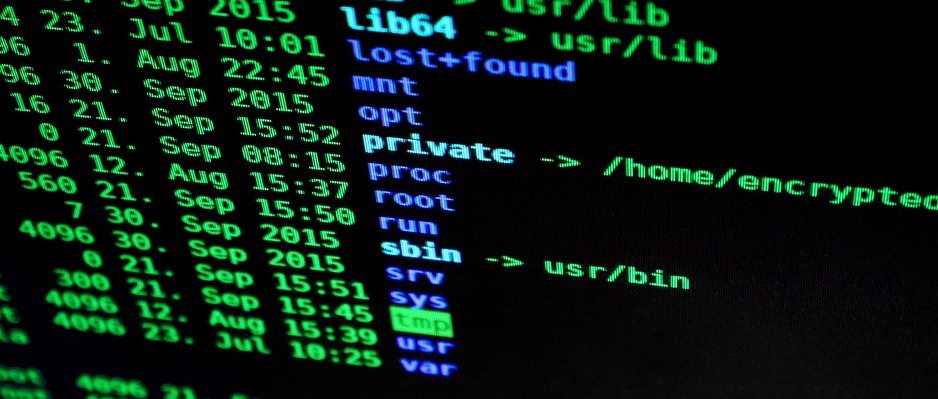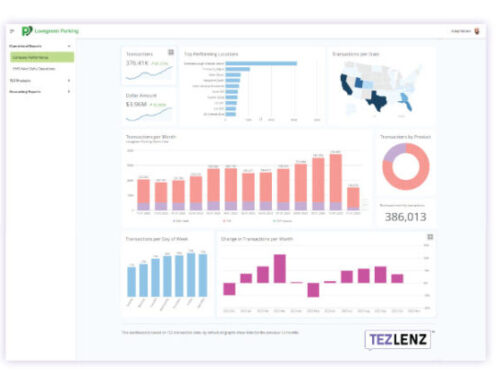You’re handing your financial information and good name over each time you send an email or make a purchase with your phone or computer.
If it’s a reputable company—which of course it is, since you’re much too smart to do business with anyone who isn’t—the organization in question will protect that information by one of two means: Encryption or Tokenization.
Both are methods for keeping information on the Internet safe. Both have their advantages. They also have their disadvantages. Depending on the situation, one may be more appropriate than the other.
So it’s worth knowing how the two are alike—and, more importantly, perhaps, how the two are different. The following is a brief primer to help you understand the strengths and potential limitations of either option.
Brief Definitions
Think of encryption as a mask. Wherever the mask goes, the face behind it is always there, right? You just can’t see it.
Unless you take the mask off, of course.
That’s how encryption works. It utilizes an algorithm to encrypt, or mask, the sensitive information. You can’t read it without the encryption key, which unscrambles it, unmasks it, putting it back into its original form.
Tokenization, by contrast, gets rid of the sensitive information altogether and replaces it with something that might be thought of as a token.
Think of how chips are used in a casino to represent money. The chips themselves aren’t money—but they can be traded in at the end of the day for it. You can move from table to table from chips, but the actual money stays in the casino vault and never moves.
It’s the same with tokenization. A token gets passed back and forth between users, but the information the token pertains to remains in a heavily protected database. Stealing the token is worthless, unless the thief can also figure out a way to exchange it for what it represents.
Now You Know
So which method is better? Which is more secure? Different people have different opinions, depending on their needs. Below is a short list of some of the primary differences between the two:
- Encryption is better at scaling and accommodating large data volumes but it can inadvertently change format when unlocking it.
- Tokenization excels at maintaining the original format of the information being protected but struggles to scale and accommodate large data sets.
- With encryption, original data actually leaves the safety of an organization’s inner network and databases as it travels to the next user—a characteristic that some experts think is a risk.
- With tokenization, only the token leaves—the information being protected remains safely behind, in the organization’s data vault.
- Exchanging sensitive information can be easier with encryption, since anyone in possession of the encryption key can unlock it.
- With Tokenization, access can be difficult, since the information itself is not connected to the token.
SMS Valet
SMS Valet utilizes Tokenization technology to secure your customers private information in a safe, reliable manner. By only retaining the token, SMS Valet ensures that sensitive information remains safe and secure for the duration of your valet experience.






